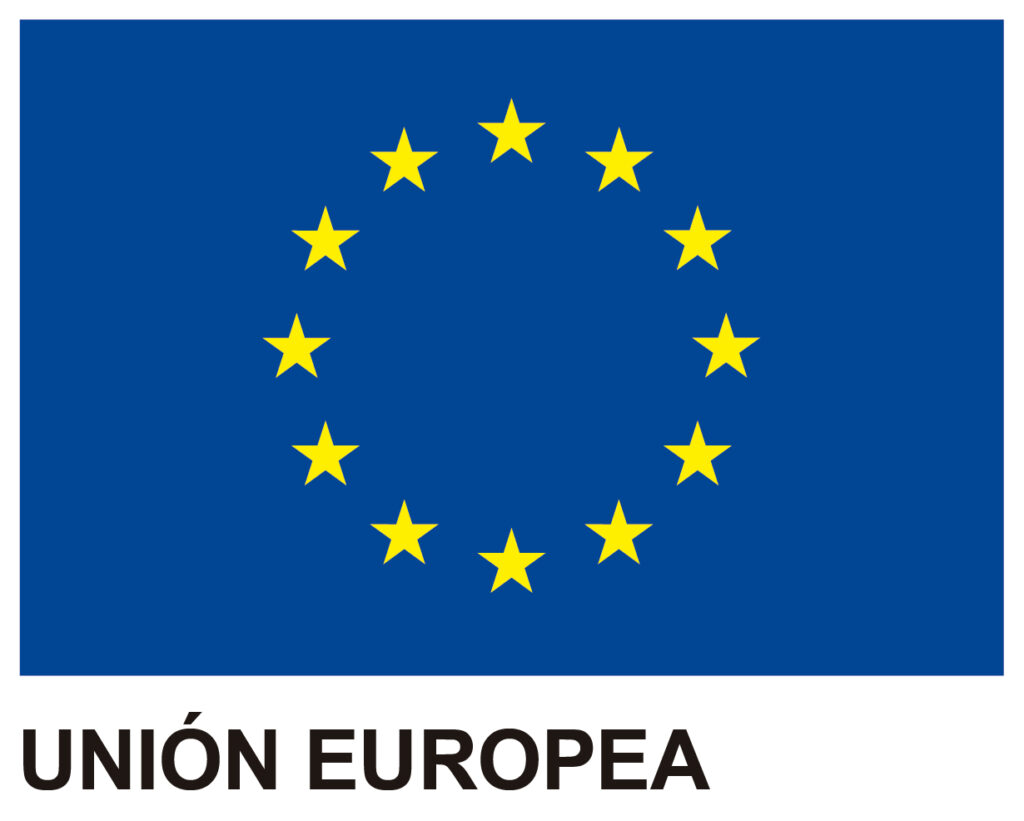The current business landscape is complex, intricate, and highly interconnected. Within this environment, risk management has evolved to address threats not only from within the organization but also from external sources. One of these threats is third-party risk.
management (TPRM) refers to the uncertainties and vulnerabilities that an organization faces when interacting with and relying on external entities. This includes suppliers providing raw materials, consultants offering specialized services, software solutions, and technological tools used, among others. Each interaction with a third party can be a potential point of failure or weakness.
The Importance of Evaluating Supplier Management
Conducting periodic assessments of risks associated with third parties is essential to maintain the operational, financial, and reputational integrity of an organization. Historically, many companies have suffered harm, whether through security breaches, reputational damage, or financial losses, due to failures or negligence on the part of their external partners.
Proactively managing these risks involves not only identifying them but also understanding the nature of what third-party relationships entail. Risk management tools and frameworks can help a company navigate this complex landscape and ensure resilience in the face of adversity.
Delving into Vendor Management and Third-Party Risk Types
Third-party risks are not homogeneous; they vary in nature and magnitude:
- Financial Risks: Related to economic impacts, these can arise if a supplier faces financial troubles, which could have ripple effects and affect your company’s operations and financial results
- Reputation Risks: A company’s image can be affected if a third party becomes involved in scandals, security breaches, or any other situation that may generate mistrust in the market
- Regulatory and Compliance Risks: Third parties must adhere to a set of laws and regulations. If they fail to do so, your organization could face legal or regulatory consequences, even if not directly responsible.
- Operational Risks: These are risks that can disrupt daily operations. For example, if a key supplier is located in a disaster-affected area, it could have implications for your company’s production capacity.
- Strategic Risks: These arise when there is a lack of alignment between an organization’s goals and objectives and those of its third parties. Selecting the wrong partner could lead to missed opportunities or the adoption of suboptimal strategies.
Examples
- Strategic: If an organization or company decides as an information security strategy to outsource data storage to a web hosting or cloud services provider, there is a risk that this provider may not take adequate security measures, which could lead to a potential security breach or leakage of sensitive or confidential data from the organization or its customers
- Regulatory Compliance: Imagine a medical services and health insurance company decides to outsource the processing of patient health data to a third party; the risk exists if this provider does not comply with data protection laws and regulations, then the organization could face legal sanctions, financial fines, reputational damage, and even a halt to its operations.
- Operational: Consider the case of an organization that provides online game streaming services, relying on a single cloud service provider to host its critical services. On a significant day due to the launch of a new version of its online gaming platform, there is a massive increase in user traffic. However, the service provider experiences performance issues and unexpected technical difficulties due to overload on its services. What will happen to that streaming company due to this unexpected service outage? It could affect its brand, customer trust, loss of sales, and future revenue.
- Financial: When a financial institution, fintech, or digital bank decides to subcontract or partner with an external provider to manage mobile authentication for its customers’ wallets, this provider will be responsible for verifying banking authorizations and services through this application. If this third party does not ensure an optimal level of security and adequate controls, the financial organization could be exposed to significant risks such as unauthorized access to customer bank accounts, potential loss of funds, and damage to its identity.
Strategies for risk management with suppliers
- Continuous Assessments: Establish protocols for regularly reviewing and assessing suppliers and other third parties.
- Training and Education: It is vital that key personnel are trained and educated on how to identify and address risks associated with third parties.
- Thoroughly Reviewed Contracts: These should clearly specify expectations, responsibilities, and actions to take in case of non-compliance.
- Incident Response Teams: Prepare for any eventuality with specialized teams that can react quickly to emerging issues.
- Strong Relationships: Maintain open and transparent communication with suppliers and third parties to identify and address potential problems at an early stage
- Adaptability: Risk management is not static. Organizations must be prepared to adapt to a changing environment and new challenges.
Advantages of Using Specialized Supplier Management Software
The adoption of specialized supplier management software, such as GlobalSuite®, offers significant advantages in the efficiency and security of third-party risk management, while integrating a Governance, Risk and Compliance (GRC) approach. Some of the main benefits:
- Centralization and accessibility: It consolidates information from multiple sources into a single system, improving visibility and access to critical data.
- Automation & Efficiency: It automates repetitive processes, which can reduce risk assessment and compliance times by up to 50%, increasing accuracy and speed in decision-making.
- Continuous monitoring: It facilitates real-time tracking of risks associated with suppliers, with automatic alerts that warn of potential issues, enabling a quick reaction to changes or emerging threats.
- Compliance & Adaptability: It ensures that risk management practices are aligned with current regulations, offering flexibility to adapt to new legal requirements or changes in the business environment.
- Improved decision-making: With more accurate and up-to-date data, managers can make more informed decisions, resulting in a significant reduction in financial and operational risks.
- Integrated GRC Approach: It provides a unified platform for governance, risk, and compliance, facilitating holistic management from risk assessment to risk mitigation. This approach ensures that all supplier management activities are aligned with the company’s strategic objectives, improving accountability and organizational transparency.
- Reducing the risk of non-compliance: With advanced tracking and reporting capabilities, the software helps decrease the risk of regulatory non-compliance by more than 30%, minimizing the chances of penalties or reputational damage.
By integrating these capabilities within a GRC approach, organizations can not only optimize their supplier management but also strengthen their strategic and operational position in an increasingly regulated and competitive market. Request a personalized demo today.




